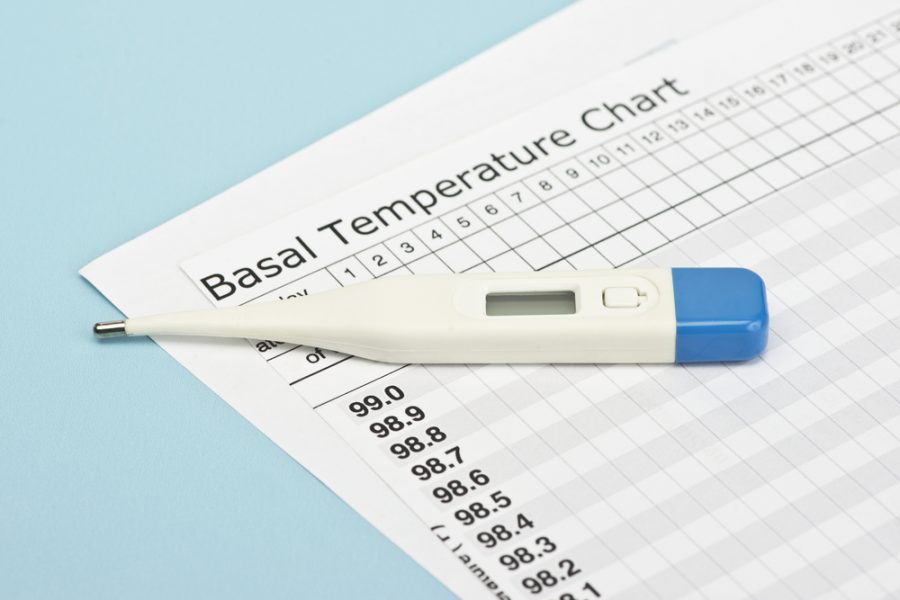<p style="text-align: justify;">If you’re trying to start your own family and get pregnant, you’ll likely have had at least one friend recommend you get a fertility monitor. They’re popular devices: if you’re looking for an <a href="https://www.ovusense.com/uk/">ovulation monitor, UK</a> shops stock plenty of options. Making the right decision can feel overwhelming, but you can improve your chances of conceiving with the right choice, so it’s well worth educating yourself.</p>
<h2 style="text-align: justify;"><strong>What Do Fertility Monitors Measure?</strong></h2>
<p style="text-align: justify;">There’s no abstract, objective measure of fertility that these devices can access. What they can tell you about is the conditions in your own body and how they’re changing over time, specifically when you are due to ovulate.</p>
<p style="text-align: justify;">Ovulation is important for your fertility. You can only get pregnant during the days when sperm can survive in your body long enough to encounter the egg when it’s ovulated and potentially fertilise it. You need to know when you will ovulate in order to time your attempts to get pregnant, so they fall within your ‘fertile window’. It’s a span of six days that starts five days before you ovulate, and ends 24 hours later (as the egg remains viable for a maximum of a day after ovulation).</p>
<h2 style="text-align: justify;"><strong>How Do Fertility Monitors Detect Ovulation?</strong></h2>
<p style="text-align: justify;">There are two main methods these devices use: some, which are sometimes called OPKs or ovulation predictor kits track the levels of hormones in your urine in order to detect when you’re ovulating. BBT based devices measure your basal body temperature – the low level your temperature drops to overnight when your metabolism drops – to infer where you are in your reproductive cycle.</p>
<h2 style="text-align: justify;"><strong>How do OPKs Work?</strong></h2>
<p style="text-align: justify;">OPKs mostly look for Luteinising Hormone or LH. A large <a href="https://www.healthline.com/health/pregnancy/lh-surge">surge</a> of this is released by the brain when an egg has matured in the ovaries to stimulate ovulation, and it then filters out of the blood and into the urine to be expelled from the body. Tracking your LH levels can tell you when you’ve ovulated. <a href="https://www.parents.com/getting-pregnant/ovulation/fertile-days/ovulation-pros-and-cons-of-ovulation-predictor-kits-opks/">Unfortunately</a> it’s easy to miss these signs: if you take the test at the wrong time of day you can simply miss the surge, and therefore get a negative result even if you are ovulating!</p>
<h2 style="text-align: justify;"><strong>BBT Charting</strong></h2>
<p style="text-align: justify;"><a href="https://www.whattoexpect.com/getting-pregnant/ovulation/bbt-chart-basal-body-temperature-ovulation/">Basal Body Temperature monitoring</a> can get you more accurate results, but it can also be an onerous method to use manually. You need to take your temperature first thing in the morning and log the result, watching for the drop and rise in your temperature that shows ovulation.</p>
<p style="text-align: justify;">Fertility monitoring devices can help by automatically logging and processing your temperature, taking some of the work out of your hands and removing some of the potential for human error.</p>

What do Fertility Monitors Do?
